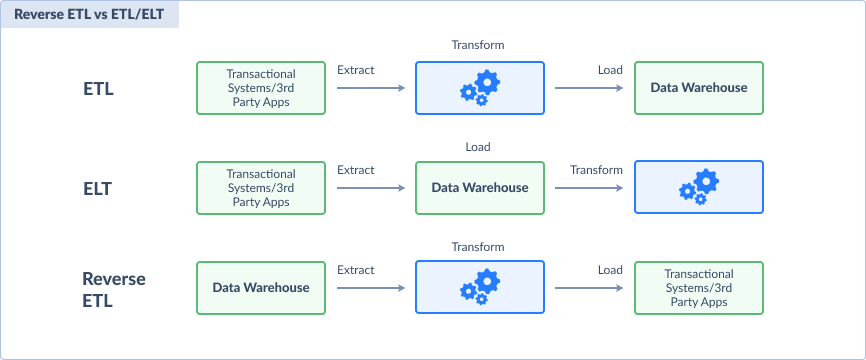Business organizations have realized the importance of using data to make informed business decisions. Nowadays, they use customer data to get clear insights into what the customer really wants.
In return for providing customers with the exact products and services they are looking for, they increase sales and improve customer relationships.
However, to get clear insights and make accurate data-driven decisions, data needs to pass through some analytical processes – data collection, cleaning, analysis, visualization, and unbiased interpretation.
These processes consume a lot of time and human resources. Nonetheless, with data automation, organizations can automate the process and reduce the dependency on human intelligence, resulting in faster processing of data and interpretation.
But what exactly is data automation? Continue reading this blog article as we exhaustively explain data automation and its various benefits.
Contents
What is Data Automation?
Data automation is the use of automated tools to upload, manage, and process data instead of performing all the tasks manually.
Data automation enables you to automate the data flow and even update data on a digital portal for sustainability using automated data programs.
In addition, you can perform data analytics and assessment tasks using cloud systems with minimal human intervention, draw market insights, and increase productivity.
As a result, business owners can now save time and money by maximizing their resources without dealing with the challenges of recruiting a full-fledged team of data scientists.
Types of Data Automation.
There are three common types of data automation – Extract, Transform, and Load – commonly called the ETL process.
- Extract– This is where you automatically extract data from any Relational Data Base Management System (RDBMS) using an ETL tool. Data automation enables you to connect to different RDBMS and get the data you need. You can extract by downloading the data as a CSV file or importing it directly to your data warehouse.
- Transform– This is another type of data automation where you can automatically transform your data into a structured or valuable format. You can automatically perform simple analytical operations like sorting, filtering, joining, etc., using ETL tools. After this process, the data becomes clean and structured, allowing you to analyze them quickly.
- Load – Here involves transferring data into a data warehouse. Data automation enables you to load your data into your organization’s data warehouse system quickly and easily. It avoids the stressful manual loading processes and can be done with just a click of buttons.
Depending on the amount of data, you can directly load your data into a data warehouse without transforming (ELT process)
Instead of transforming the data to a more helpful format before loading it into a target system, the ELT process lets the target system do the transformation. ELT supports data warehouses like Hadoop cluster or Snowflake and is usually for a large amount of data.
Using a reverse ETL tool, you can also perform reverse ETL – transferring data from a data warehouse system (Eg. Snowflake) into business applications such as CRM and marketing automation software.
Several cases are perfect targets for automating data tasks. Some instances are listed below.
- Customer support
- Desk support
- Purchase order/ invoice automation
- Workers analytics
- Scheduling meetings

What are the Advantages of Data Automation?
Cuts Down Operational Costs.
Data automation processes can help cut costs by freeing up previously allocated resources. It can monitor vital data, analyze it for insights, provide the results in a concise report and send them to stakeholders without further human assistance. In other words, an organization can hire a data engineer for a one-time data automation project.
Data Automation Saves Time
One of the primary benefits of data automation solutions is the time they save you. Time is essential to success in business, and it is not worth spending it manually sorting through piles of unstructured data. Data automation allows you to use special software to carry out these tasks, giving you ample time to focus on other things.
Better Business Decision
Manual data analysis and reporting can often yield inaccurate results due to human error, which may lead to poor decisions that can affect your business. However, data automation provides you with reliable facts and figures quickly, which you can use to make more effective business decisions.
Improves Workforce Effectiveness
You may not want your best staff bogged down by mundane data entry work. Data automation specialized software can handle monotonous data-entering tasks, enabling you to put your team to better use. This will improve your worker’s effectiveness and output.
Cons of Data Automation
It Causes a Significant Drop in Employment
The major problem with data automation is the displacement of jobs for people. Many people worry that this will lead to a significant drop in employment. This is because one software can quickly and accurately complete a task meant for different people.
Potentially Creates new Concerns to Public Safety.
When working conditions suddenly change, data automation may pose new safety issues.
Conclusion
The need for human intellect has been minimized, and faster and more accurate reports can be generated from any dataset, regardless of size, through data automation.
Therefore, as a company or business owner, it is best you implement this new technology to boost data processing, make better data-driven decisions for your business and increase revenue.



